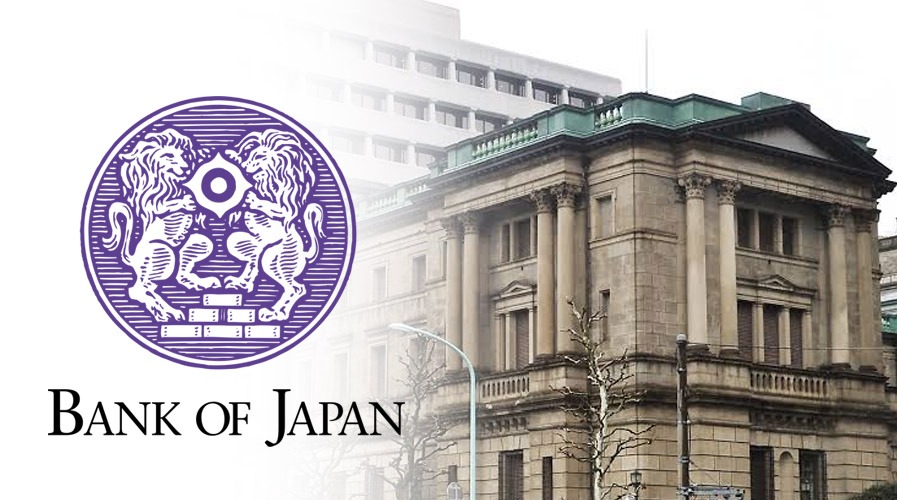In a widely anticipated move, the Bank of Japan (BOJ) concluded its two-day monetary policy meeting on July 31, 2025, by maintaining its short-term interest rate target at 0.5 percent. The decision reflects the central bank’s cautious optimism about Japan’s economic trajectory, while acknowledging persistent uncertainties in global trade and domestic inflation dynamics.
Key Takeaways from the Policy Meeting
-
The BOJ unanimously voted to keep the unsecured overnight call rate—the benchmark short-term interbank lending rate—anchored at 0.5 percent.
-
This marks the second consecutive meeting where the rate has remained unchanged, following its hike from 0.25 percent earlier this year.
-
Governor Kazuo Ueda reiterated the bank’s commitment to a gradual normalization of monetary policy, contingent on sustained wage growth and inflation trends.
Economic Outlook: A Balancing Act
-
The BOJ’s quarterly report revised Japan’s fiscal 2025 inflation forecast upward to approximately 2.5 percent, driven by rising import costs and a weaker yen.
-
Despite this, the bank maintains that underlying inflation—primarily influenced by domestic demand—still falls short of its 2 percent target.
-
Wage growth remains a bright spot, with firms signaling continued increases following strong hikes in 2024.
This is seen as a key factor supporting consumer spending and price stability.
Global Trade and Policy Caution
-
The recent trade agreement between Japan and the United States has alleviated some pressure on Japan’s export-reliant economy, particularly in the automotive sector.
-
However, lingering concerns over U.S. tariffs and slowing global demand have prompted the BOJ to adopt a wait-and-see approach.
-
Former Deputy Governor Hiroshi Nakaso emphasized that while the trade deal is a positive development, the bank must remain vigilant about external shocks and inflation volatility.
Market Reaction and Currency Impact
-
Financial markets responded with muted volatility, having largely priced in the BOJ’s decision ahead of the announcement.
-
The Japanese yen held steady against major currencies, with analysts noting that future rate hikes could hinge on clearer signs of demand-driven inflation.
-
Moody’s Analytics suggested that the next rate hike could come as early as December 2025, depending on economic data and geopolitical developments.
Forward Guidance and Policy Signals
-
Governor Ueda is expected to provide further clarity during his press conference later today, particularly on the pace of tapering Japanese Government Bond (JGB) purchases.
-
The BOJ has hinted at a gradual reduction in monetary accommodation, but remains committed to supporting economic recovery until inflation stabilizes sustainably.
-
Analysts are closely watching for any shift in tone that might signal a more aggressive tightening cycle in the months ahead.
Conclusion: Stability with an Eye on the Horizon
The BOJ’s decision to hold rates steady underscores its cautious confidence in Japan’s economic recovery, while acknowledging the complex interplay of domestic and global forces. With inflation edging closer to target and wage growth gaining traction, the central bank appears poised to act—though not hastily. Investors, policymakers, and households alike will be watching the BOJ’s next moves with keen interest as Japan navigates a delicate economic landscape.
Sources: Reuters, FXStreet, The Japan News, Yahoo Finance UK

